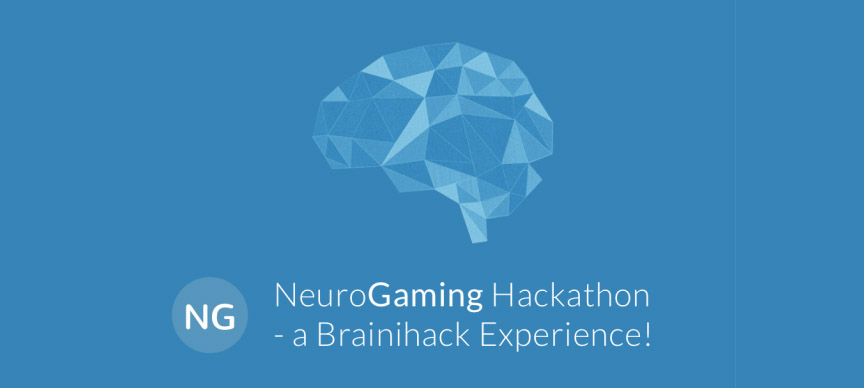By learning how to play an instrument, musicians have the power to channel beauty and emotion through their hands. This makes music theory a ripe playground for 3D motion control experiments. If learning to play a physical instrument is a matter of learning how that object works and building muscle memory, why can’t learning chord progressions happen the same way – but in the air?
// Leap Motion Developer
Built in Unity over the course of five weeks, Volcano Salvation lets you change your perspective in the game by turning your head from side to side. This approach to camera controls – facial recognition via webcam – makes it easy for the player to focus on the hand interactions.
We recently received an intriguing call from Puzzle Break, a Seattle-based company that specializes in building mysterious rooms. The types of mindbenders you’ve encountered in video games, except rendered in real life.
Last weekend’s Brainihack coding bender whet our appetites for what’s possible in the landscape of Neurotechnology, sending our imaginations into the far reaches of dystopian fantasies wherein objects (or people) can be levitated, then summoned, in the course of a single thought. This week, we had the opportunity to dig even deeper into next generation EEG headsets, virtual and augmented […]

This weekend, 100 developers, designers, and makers gathered at Apportable HQ to wrestle with ways we can use devices to hack into our neural pathways. From anxiety and panic suppression, to speed reading, to chair flying flight simulators, to mood bracelets, we saw some incredible projects produced over the course of two days – several of which artfully integrated Leap Motion technology.
LivePainter wants to change how we create animations with a motion-controlled in-browser platform.
Perhaps the most exciting thing about IoT is that everyday uses don’t always reveal themselves right away. Sometimes they need to be coaxed out. By experimenting at the edges of what’s possible with modern APIs, the hacker community gets to define those possible uses and parameters. At Hackendo, this past weekend’s wearables-and-externals IoT hackathon, I […]



